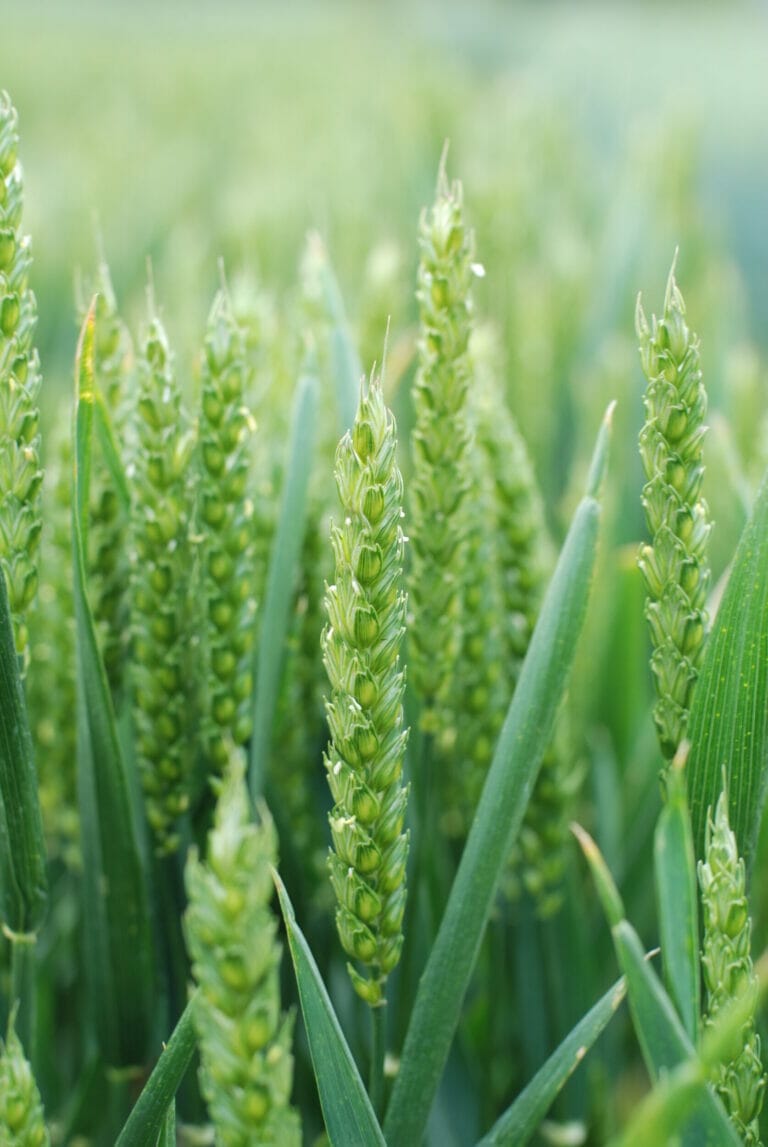 Q. What is BYDV and what are its effects on winter barley?
Q. What is BYDV and what are its effects on winter barley?
Barley Yellow Dwarf Virus (BYDV) is an infection transferred by aphids which causes yellowing of plants. The symptoms are seen in the spring, when the leaf tip starts to turn yellow, gradually spreading to the base of the plant. Infected plants may be severely stunted and do not come into ear, remaining dwarfed at around 3 inches, eventually killing it. This results in devastating yield loss.
Q. How can breeders help growers reduce the risk of BYDV?
Insecticides are currently used but chemical restrictions, such as the ban of neonicotinoid seed treatments, are increasingly limiting the options available to growers for chemical control. Fortunately, breeders have identified a gene called YD2 which provides effective varietal tolerance.
Tolerant varieties still become infected by the virus, but the plant shows none of the detrimental symptoms and associated yield losses of non-tolerant varieties.
Breeders can select for varieties with BYDV tolerance by using marker selection and the introduction of new varieties with BYDV tolerance is the number one priority for winter barley breeders. Rafaela winter barley comes from the Limagrain Belgium breeding programme and offers high yields with BYDV tolerance.
Q. How can BYDV be best controlled?
Using an integrated approach of choosing varieties with genetic BYDV tolerance, alongside correctly timed insecticide sprays will provide the best level of protection. The real value of varietal tolerance is that it protects the plant throughout the year, so if you can’t get on the land in the autumn to spray, the genetic tolerance will protect the plant in the same way as neonicotinoid seed treatments previously did.































 Q. What is BYDV and what are its effects on winter barley?
Q. What is BYDV and what are its effects on winter barley?

